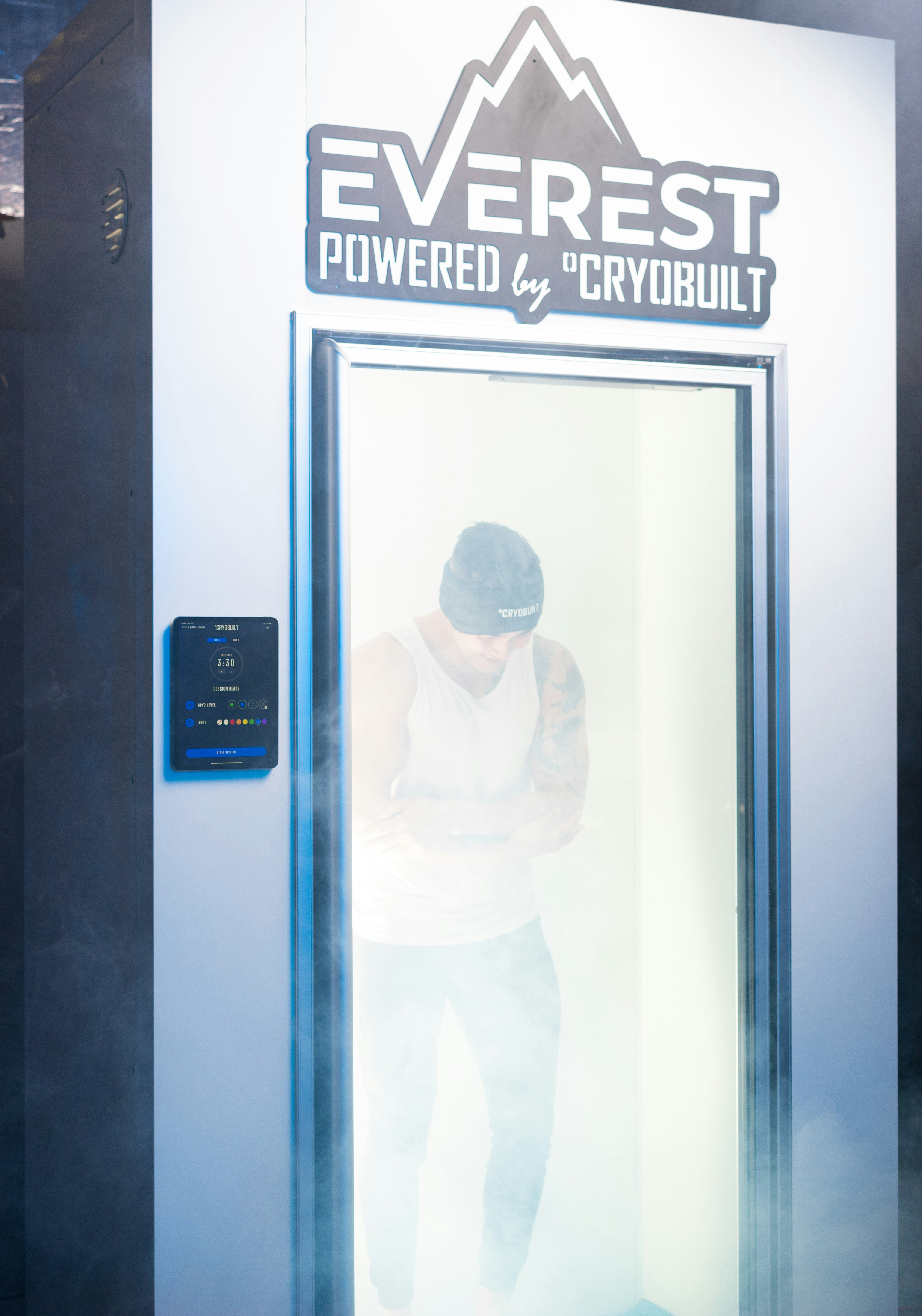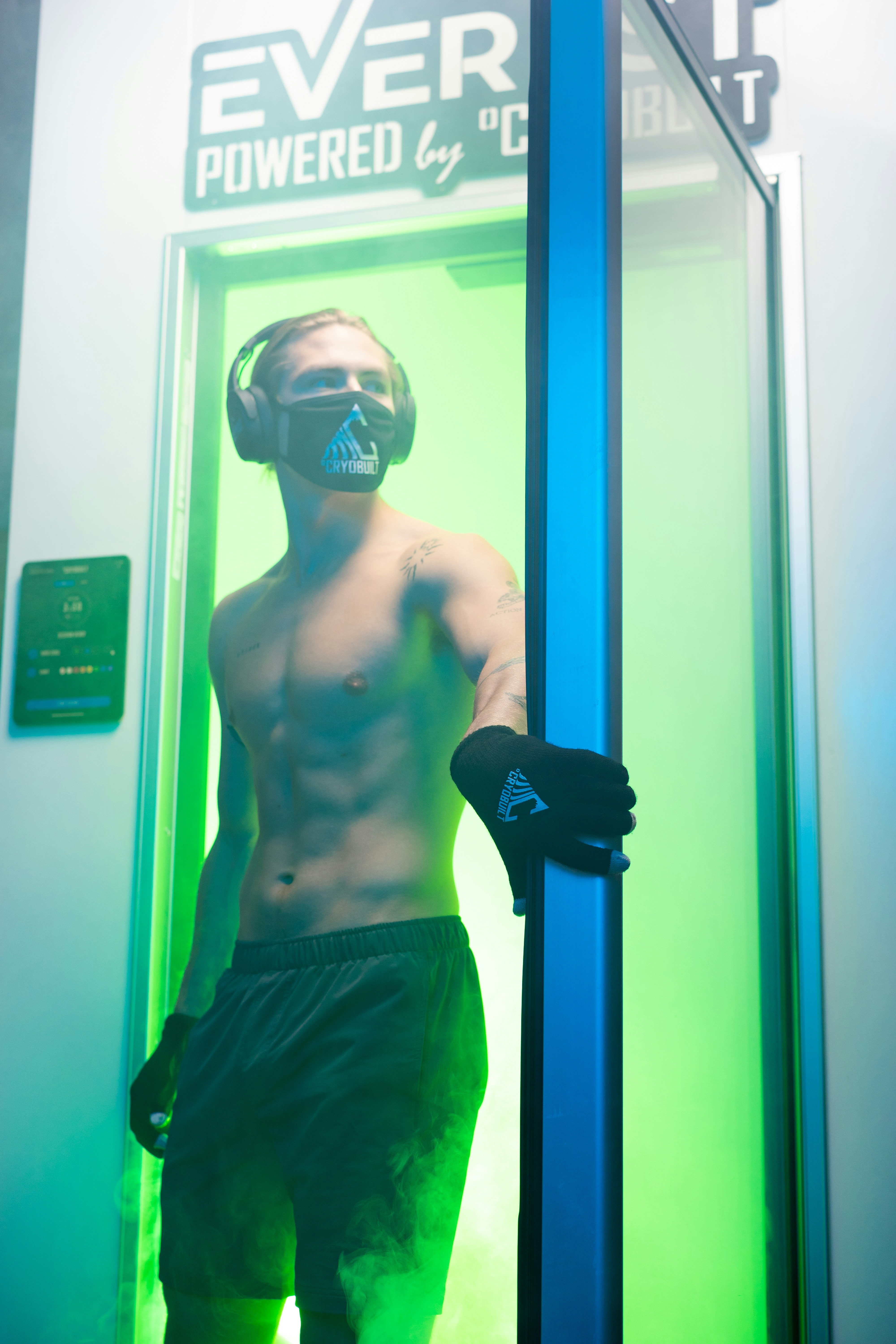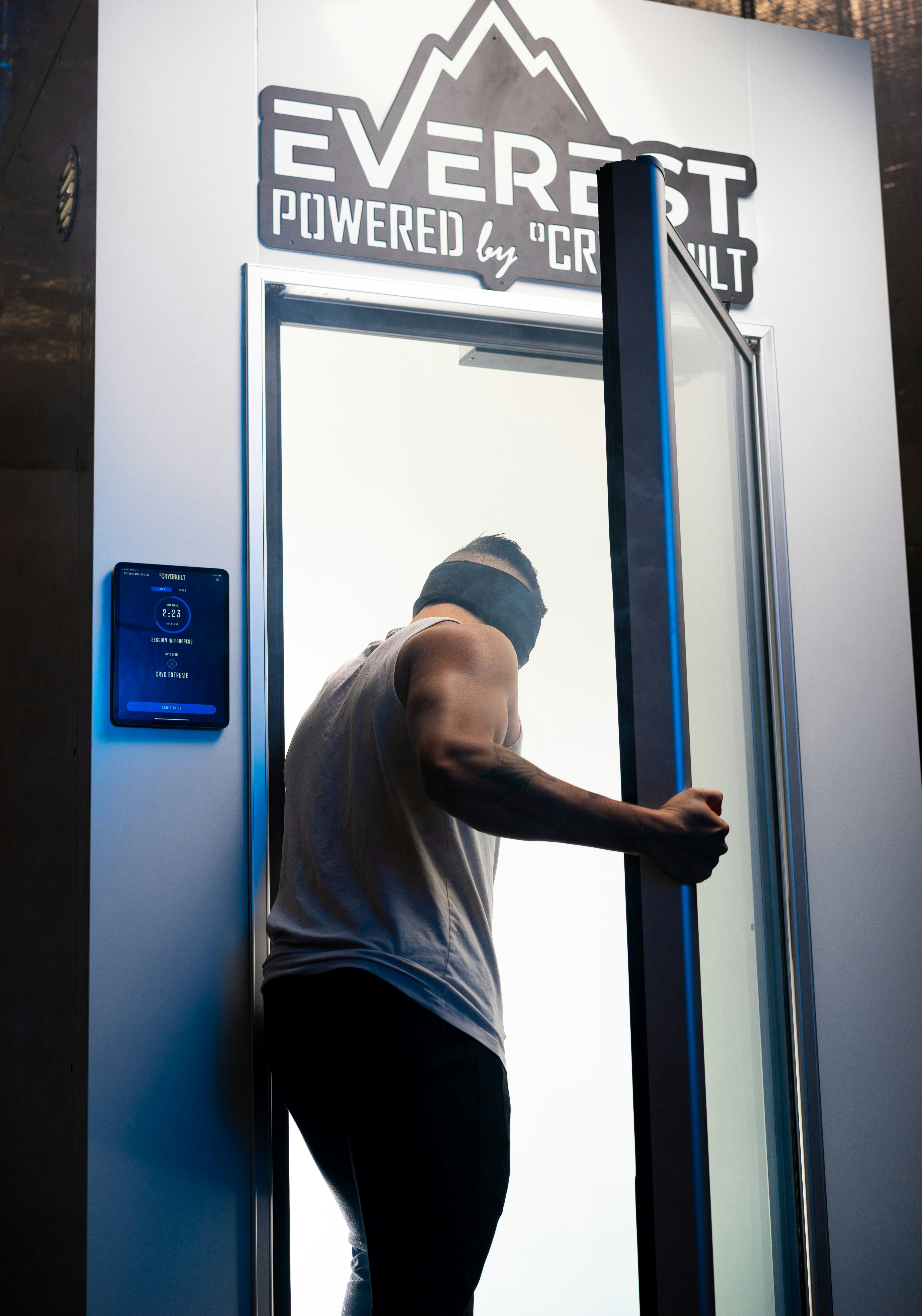Have you ever wondered how cold therapy works in reducing post-surgical swelling? It’s a concept that might seem simple at first, but when you delve into its intricacies, it opens up a world of understanding about how our bodies heal and recover from surgery. Cold therapy, also known as cryotherapy, is a fairly common practice recommended by doctors and therapists to help manage post-surgical symptoms, yet it holds nuances that can greatly benefit anyone who is about to undergo or has recently undergone surgery.
Understanding Cold Therapy
Cold therapy is a therapeutic approach in which the cold is applied to specific areas of the body to alleviate pain and swelling. The concept revolves around the body’s natural response to cold, which can be surprisingly effective in various medical scenarios, especially post-surgery.
The Science Behind Cold Therapy
When you apply cold to a particular area of your body, the temperature of that area decreases. This drop in temperature causes blood vessels to constrict, a process known as vasoconstriction. By narrowing the blood vessels, cold therapy helps minimize blood flow to the area, which can significantly reduce swelling and inflammation. With reduced inflammation often comes a decrease in pain, which is why cryotherapy is frequently recommended for post-surgical recovery.
Historical Background of Cryotherapy
Cryotherapy isn’t a new invention by any means. Cultures throughout history have used cold in medicinal practices, dating back to ancient Greece. The notion was simple even then; reducing temperature could reduce inflammation and pain. Modern medicine has taken this idea and developed it into a well-researched and widely applied therapy.
Types of Cold Therapy
Like many medical treatments, cold therapy isn’t a one-size-fits-all solution. There are several forms and techniques, each with its specific use cases, advantages, and considerations.
Ice Packs
Perhaps the most commonly known method, ice packs, are generally inexpensive and easy to use. By simply wrapping an ice pack in a towel and applying it to the affected area, you can achieve effective results for minor post-surgical swelling and pain relief.
Cryo Chambers
For more extensive therapy, whole-body cryotherapy chambers have become increasingly popular. Although not typically used exclusively for post-surgical swelling, they offer comprehensive cold therapy by exposing the body to extremely low temperatures for short durations. This method is usually administered under professional supervision in a medical or therapeutic setting.
Cold Compresses
Cold compresses are soft, reusable fabric pads often used for more localized cold therapy. Designed to be flexible and contour to the body, these can offer a more comfortable experience compared to the rigidity of ice packs.
Cold Water Immersion
Often used by athletes, this method involves immersing the body or a part of it in cold water. Post-surgery, this can be particularly useful if the procedure was on an area easily submerged, such as a limb.
Benefits of Cold Therapy
Beyond the well-known advantages of reducing swelling and pain, there are multiple other benefits of incorporating cold therapy into your post-surgical recovery.
Accelerated Recovery
By minimizing swelling and reducing pain, cold therapy can substantially aid in faster recovery times. Swelling can hinder mobility, and pain can discourage necessary movement needed to prevent complications. Cold therapy helps eliminate these barriers, allowing for a smoother healing process.
Reduces the Need for Pain Medication
The natural pain-relieving effects of cryotherapy can potentially diminish the need for pain medications, such as opioids. This is an important advantage considering the risk of dependency that comes with prolonged medication use.
Promotes Muscle and Tissue Healing
The constriction of blood vessels not only reduces swelling but also encourages the repair of damaged tissues. As blood flow is carefully regulated, it ensures that healing cells called fibroblasts reach the injured area precisely when needed, promoting efficient muscle and tissue repairs.
Enhances Psychological Well-being
It’s well-known that physical pain affects emotional health, too. Reduced pain levels can lead to improved mood and an overall sense of well-being. Moreover, the invigorating sensation that often accompanies cold exposure can also produce feelings of rejuvenation and relief.
Considerations and Precautions
While cold therapy holds many benefits, it’s essential to consider its limitations and potential risks. Like any medical treatment, cryotherapy isn’t suitable for everyone or every situation.
Who Should Be Cautious?
Individuals with certain health conditions—including Raynaud’s disease, diabetes, or hypersensitivity to cold—should consult with their healthcare provider before incorporating cold therapy into their recovery regimen. It’s essential to ensure that the body can handle such treatments without adverse reactions.
Risk of Frostbite
Cold therapy must be administered with caution to avoid frostbite. Signs of frostbite can include numbness, a burning sensation, or skin discoloration. To mitigate risks, never apply ice directly to the skin, and limit sessions to recommended durations, typically 15-20 minutes.
Timing Matters
Using cryotherapy at the right times is crucial for effective outcomes. Applying cold too early in the healing process can discourage necessary inflammation vital for initial healing, while employing it too late might not offer any significant benefits.
How to Use Cold Therapy at Home
For those looking to integrate this method into their post-surgical routine at home, proper application is straightforward but must be performed correctly for safety and effectiveness.
Preparing for Cold Therapy
Clean the area where you plan to apply the cold therapy to prevent infections. Have your cold source ready—whether it’s a reusable gel pack, a bag of ice wrapped in a cloth, or a cold compress.
Step-by-Step Application
-
Protect Your Skin: Always place a thin barrier, such as a towel, between your skin and the cold source to prevent frostbite.
-
Position and Secure: Apply the cold therapy device securely but comfortably over the target area.
-
Time Your Session: Aim for sessions lasting 15-20 minutes and repeat the procedure as advised by your healthcare provider. Giving sufficient breaks between applications will prevent any adverse skin response.
Monitoring for Adverse Effects
Keep an eye on the condition of the skin in the area being treated. If you notice any adverse effects, like excessive redness or a burning sensation, discontinue use and consult with a health professional.
Integrating Cold Therapy with Other Modalities
Cold therapy works well when integrated with other recovery strategies, making it a flexible component of a broader rehabilitation framework.
Pairing with Compression
Compression is another beneficial therapy often used in conjunction with cold therapy. By compressing the soft tissue, the swelling can be decreased even further, enhancing the cold therapy’s effectiveness. Many modern ice packs combine compression features for ease of use.
Physical Therapy and Exercise
Engaging in light, permissible exercise approved by a medical professional can greatly support recovery. Cold therapy can help manage discomfort resulting immediately afterward, allowing you to maintain a consistent therapy schedule.

Real-world Applications
To further illustrate the effectiveness of cold therapy, it’s useful to consider real-life applications and testimonies from individuals who’ve experienced its benefits firsthand.
Patient Stories
One patient, recovering from knee surgery, incorporated cold therapy into her treatment plan and was able to regain mobility more quickly than initially expected. By alleviating the pain and controlling the swelling, she found herself back to her daily routines faster than anticipated.
Another individual who underwent shoulder surgery utilized a combination of cold therapy and physical therapy to simultaneously manage pain and regain strength. His unique experience affirmed the importance of integrating these recovery modalities to maximize efficacy.
An Overview of Research
Extensive research underpins the validity and constructive role of cold therapy post-surgery. Numerous studies have illustrated its ability to address swelling and pain effectively. However, like any medical treatment, the level of efficacy can vary based on individual circumstances.
Study Review Table
| Study Reference | Key Findings |
|---|---|
| Study A (Year) | Demonstrated a 30% faster reduction in swelling for patients using cold therapy. |
| Study B (Year) | Reduced pain levels reported by 40% in comparison to traditional methods. |
| Study C (Year) | Highlighted successful integration into broader post-surgical recovery plans. |
Current Challenges in Research
While the existing research overwhelmingly supports its benefits, there is always room for more nuanced studies that examine long-term effects and identify the most effective combinations of therapies.

Final Thoughts
Cold therapy provides an accessible, non-pharmacological option for managing post-surgical swelling and pain. Its historical use combined with modern medical understanding presents a compelling case for its widespread application. When used thoughtfully alongside other recovery modalities, it can facilitate an effective healing process, getting you back to your daily activities sooner.
Embrace the relief and empowerment that comes with understanding and utilizing cold therapy effectively in your post-operative journey. Armed with this knowledge and expertise, you can confidently approach your recovery process and embrace the days of healing ahead.




